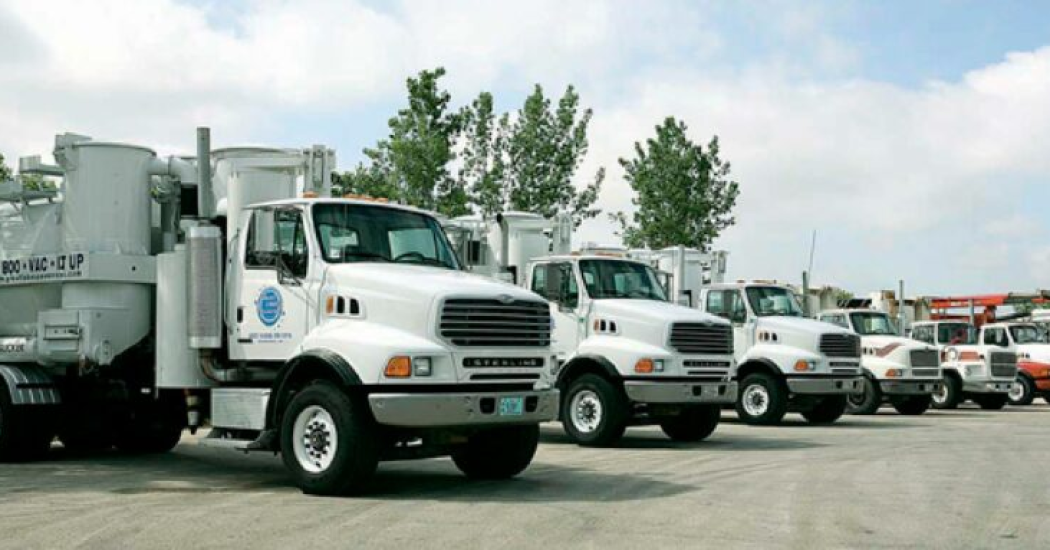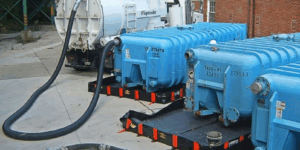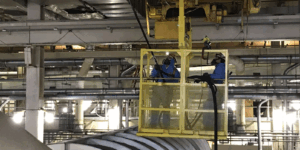Industrial facilities generate large volumes of sludge as a by-product of their processes. Understanding what are the different types of industrial sludge is essential for safe handling, environmental compliance, and operational efficiency. Each type of sludge has unique characteristics that determine its treatment, disposal, or reuse methods. For industrial solutions and expert guidance, visit our homepage.
Proper sludge management reduces environmental impact, prevents regulatory violations, and helps facilities maintain smooth operations.
Introduction Why Understanding Sludge Types Matters
Not all sludge is created equal. The composition and characteristics of sludge directly influence the choice of handling, pumping, treatment, and disposal methods. Knowing the type of sludge present in a facility helps industrial operators:
- Determine appropriate pumping and handling equipment
- Ensure compliance with local, national, or international regulations
- Minimize risks to worker safety and the environment
- Explore recycling or beneficial reuse options
By identifying sludge types early, facilities can implement cost-effective and sustainable sludge management practices.
Types of Industrial Sludge
Industrial sludge is generally classified into several main categories:
1. Biological Sludge
Biological sludge is generated from wastewater treatment processes, where microorganisms digest organic matter. It is mostly found in municipal or industrial wastewater plants.
- Characteristics: High moisture content, organic-rich, non-toxic in most cases
- Handling: Requires dewatering, drying, or composting before disposal or reuse
2. Chemical Sludge
Chemical sludge is produced when chemicals used in industrial processes react and settle out. This type may contain hazardous compounds and requires careful handling.
- Characteristics: Often contains heavy metals or reactive chemicals
- Handling: Must follow strict storage, transportation, and disposal protocols
3. Hazardous Sludge
Hazardous sludge includes industrial residues that are toxic, flammable, or reactive. It poses significant risks to health and the environment.
- Sources: Chemical manufacturing, pharmaceutical plants, metal finishing, and oil refineries
- Handling: Requires specialized storage, transportation, and treatment facilities
4. Non-Hazardous Sludge
Non-hazardous sludge is generally safe and does not pose significant environmental or health risks. It can often be recycled or reused.
- Sources: Food processing, beverage production, and some manufacturing operations
- Handling: Can be dewatered, composted, or used as a soil amendment under safe conditions
5. Mixed Sludge
Mixed sludge contains a combination of the above types, often resulting from combined industrial or municipal wastewater.
- Handling: Requires thorough testing and classification before treatment or disposal
- Challenges: Requires flexible equipment and processes to safely manage varying compositions
Characteristics of Chemical Sludge
Chemical sludge requires special attention due to its potential hazards.
Composition and Risks
- May contain heavy metals like lead, mercury, or cadmium
- Can include reactive chemicals, acids, or alkalis
- Potential environmental risks if improperly stored or disposed
Typical Generation Sources
- Water treatment plants using chemical coagulants
- Chemical manufacturing processes
- Metal finishing and electroplating facilities
- Pharmaceutical manufacturing
Proper monitoring and chemical analysis are essential to prevent accidents and ensure safe handling.
How to Handle Hazardous Sludge
Hazardous sludge requires rigorous safety measures and regulatory compliance.
Safety Precautions
- Use personal protective equipment (PPE) such as gloves, masks, and protective clothing
- Implement spill containment and emergency response plans
- Train staff on handling hazardous materials
Regulatory Compliance
- Follow local and national environmental regulations
- Ensure proper labeling and documentation for transport and disposal
- Maintain records for audits and inspections
Disposal and Treatment Methods
- Incineration for highly toxic sludge
- Stabilization or solidification before landfill disposal
- Specialized chemical treatment for neutralization
Partnering with certified industrial waste management providers ensures compliance and reduces environmental risk.
Handling Non-Hazardous Sludge
Non-hazardous sludge can be managed more flexibly, often offering opportunities for recycling or reuse.
Recycling and Beneficial Reuse Options
- Composting or soil conditioning in agriculture
- Biogas production through anaerobic digestion
- Reuse as construction material after dewatering
Cost-Effective Disposal Methods
- Dewatering to reduce volume and transport costs
- Safe landfill disposal for excess sludge
- On-site treatment using drying beds or mechanical dewatering systems
These options help facilities save costs while maintaining environmentally responsible practices.
Best Practices for Sludge Management
Implementing best practices ensures safety, compliance, and sustainability across all types of industrial sludge.
Monitoring and Testing
- Regularly test sludge for chemical composition and moisture content
- Classify sludge based on hazards and treatment requirements
- Adjust pumping, storage, and disposal methods accordingly
Proper Storage and Transportation
- Use sealed containers to prevent leaks and odors
- Transport hazardous sludge only with licensed carriers
- Store sludge away from water sources and sensitive areas
Partnering with Certified Waste Management Providers
- Outsource complex sludge handling to experts
- Ensure adherence to environmental and safety standards
- Reduce liability and operational risks
Conclusion
Understanding what are the different types of industrial sludge and how to handle them is crucial for industrial facilities. Proper classification, handling, and disposal ensure worker safety, regulatory compliance, operational efficiency, and environmental protection.
Facilities that implement structured sludge management practices can explore sustainable reuse, cost savings, and reduced environmental impact. For expert industrial sludge management services, contact us for guidance tailored to your facility’s needs.
FAQs:
Industrial sludge is generally classified into biological, chemical, hazardous, non-hazardous, and mixed sludge. Each type has unique characteristics that influence how it should be treated, handled, or disposed of safely.
Chemical sludge often contains heavy metals, acids, or reactive compounds, making it potentially hazardous. Unlike biological or non-hazardous sludge, it requires strict storage, monitoring, and disposal procedures to prevent environmental contamination.
Yes! Non-hazardous sludge can often be reused in agriculture as compost or soil conditioner, processed for biogas production, or utilized in construction after dewatering. These methods reduce disposal costs and promote sustainability.
When managing hazardous sludge, facilities should implement personal protective equipment (PPE), proper spill containment plans, staff training, and strict adherence to local and national environmental regulations to minimize risks.
Proper sludge management ensures worker safety, regulatory compliance, operational efficiency, and environmental protection. It also enables facilities to explore sustainable reuse, reduce disposal costs, and minimize environmental impact.







